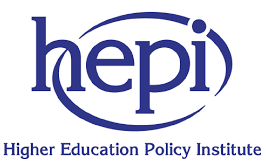Regulators Committee expressed surprise at the university regulator’s assessment that our finances are “in good shape”. To the contrary, the Committee were unequivocal that “the current model for funding higher education is unsustainable”. In a recent piece on this site, Dr Mark Corver presented an alternative model for funding higher education. This sort of thinking is vital for the future sustainability of the higher education sector.
However, there are challenges for the sector in simply calling for more money, and the short-term prospects for any significant increase in funding seem remote. Many of our public services have similar demands, and healthcare and pre-16 education will be seen as higher priorities than higher education by whichever Party wins the next General Election. But at a more fundamental level, from a Treasury perspective, our sector does not benchmark poorly against other countries in terms of our income as a proportion of GDP. Data from 2020 shows we spend 2% of GDP on higher education. While this lags the United States where spending is at 2.5%, it exceeds most other European countries, including Austria (1.8%), France (1.6%) and Germany (1.3%).
While I do not intend to dispute the need to increase spending on higher education, I will argue that there is a pressing need to improve the formulae which we use to allocate funding across our sector. In particular, I do not believe that we have an appropriate funding model for the learning and teaching aspect of higher education. To make this case, I want to draw a comparison between the way we fund research and teaching within English higher education providers.

